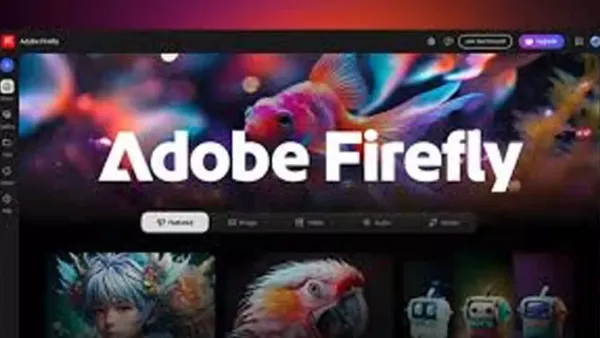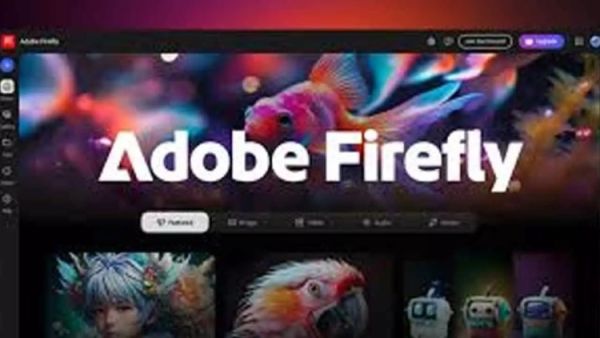
With the release of two new iterations of its Firefly text-to-image model and significant changes to Photoshop, Illustrator, and the whole Creative Cloud suite, Adobe is stepping up its generative AI capabilities.

Improved speed, control, and visual realism are features of the recently released Firefly visual Model 4 and Firefly Image Model 4 Ultra. The standard model, which can create high-quality 2K photos with more exact control over styles, formats, and camera angles, is said by Adobe to be their “fastest, most controllable, and most realistic Firefly image model yet.” It is ideal for everyday usage and was created with speed and efficiency in mind. Firefly Image Model 4 Ultra fills in for more complicated visual requirements, depicting tiny structures and fine details more realistically.
The Firefly online app now offers both models together with Adobe’s text-to-video and text-to-vector capabilities, which were first made accessible in beta. Adobe is also introducing Firefly Boards, a collaborative AI-powered moodboarding tool that is similar to FigJam, as part of the ongoing evolution of the Firefly platform. Firefly Boards, which was first shown as a “Project Concept” at Adobe Max, is now available in public beta.
Adobe is incorporating third-party AI models into the Firefly experience to increase creative freedom. Google’s Veo 2 for video, OpenAI’s new picture model, and Google’s Imagen 3 for image production are now available to users. There will soon be further connections with platforms such as Luma, Pika, Runway, fal.ai, and Ideogram.
Adobe also said that a Firefly mobile app is being developed and would be accessible on iOS and Android in the near future. Adobe’s intention to further increase the accessibility of sophisticated creative tools across devices is shown by this action. Adobe is continuing to push the limits of AI-powered design with new enhancements, providing designers with more potent and adaptable tools to realize their ideas.